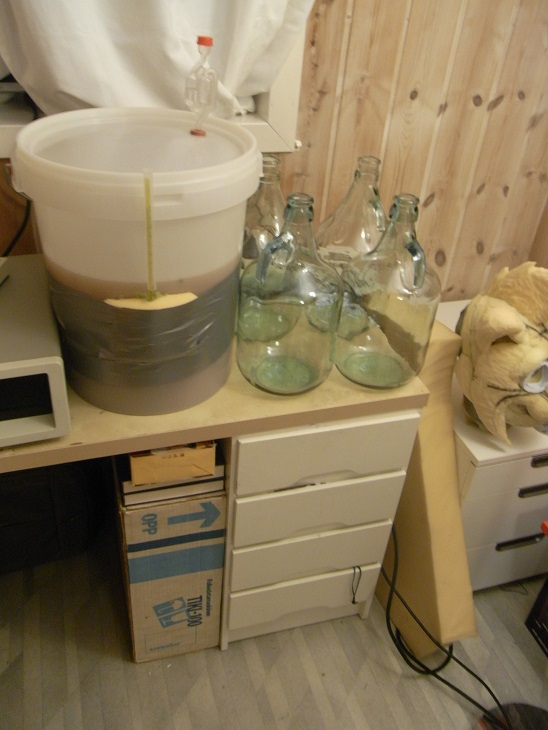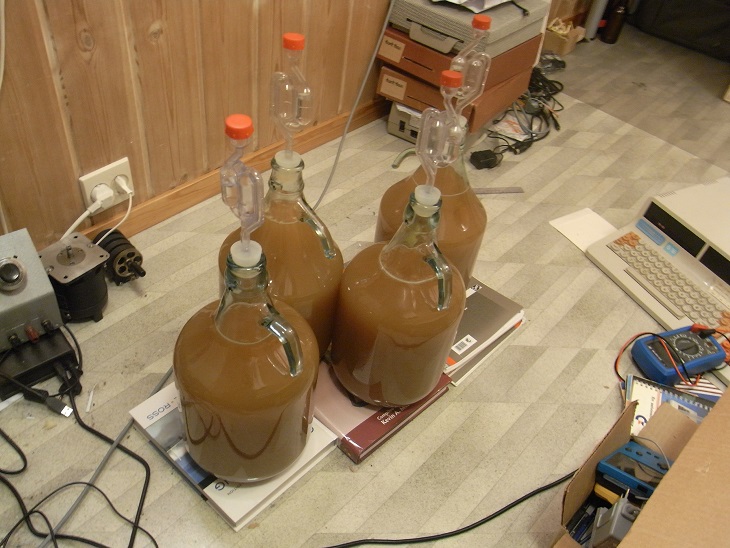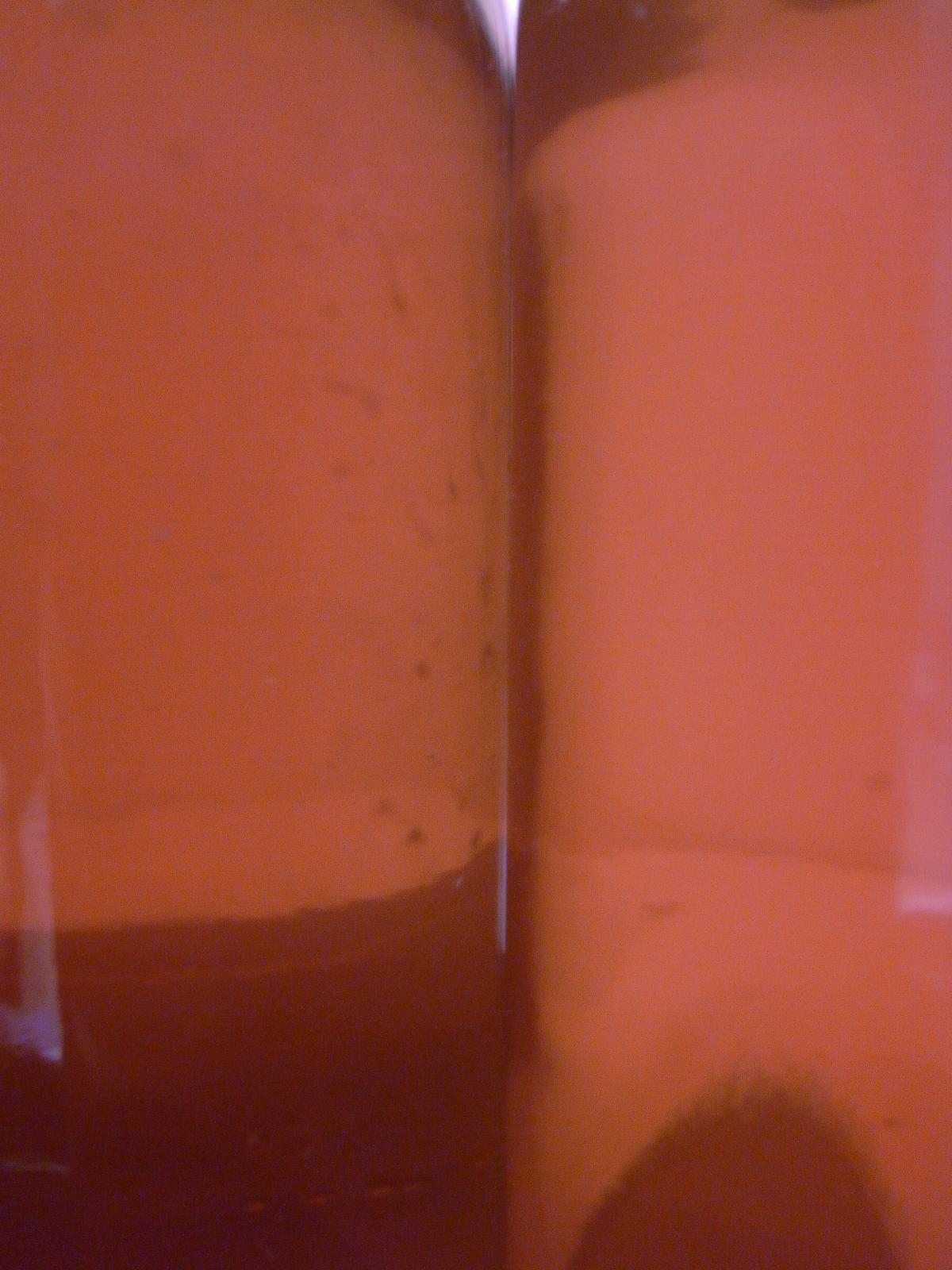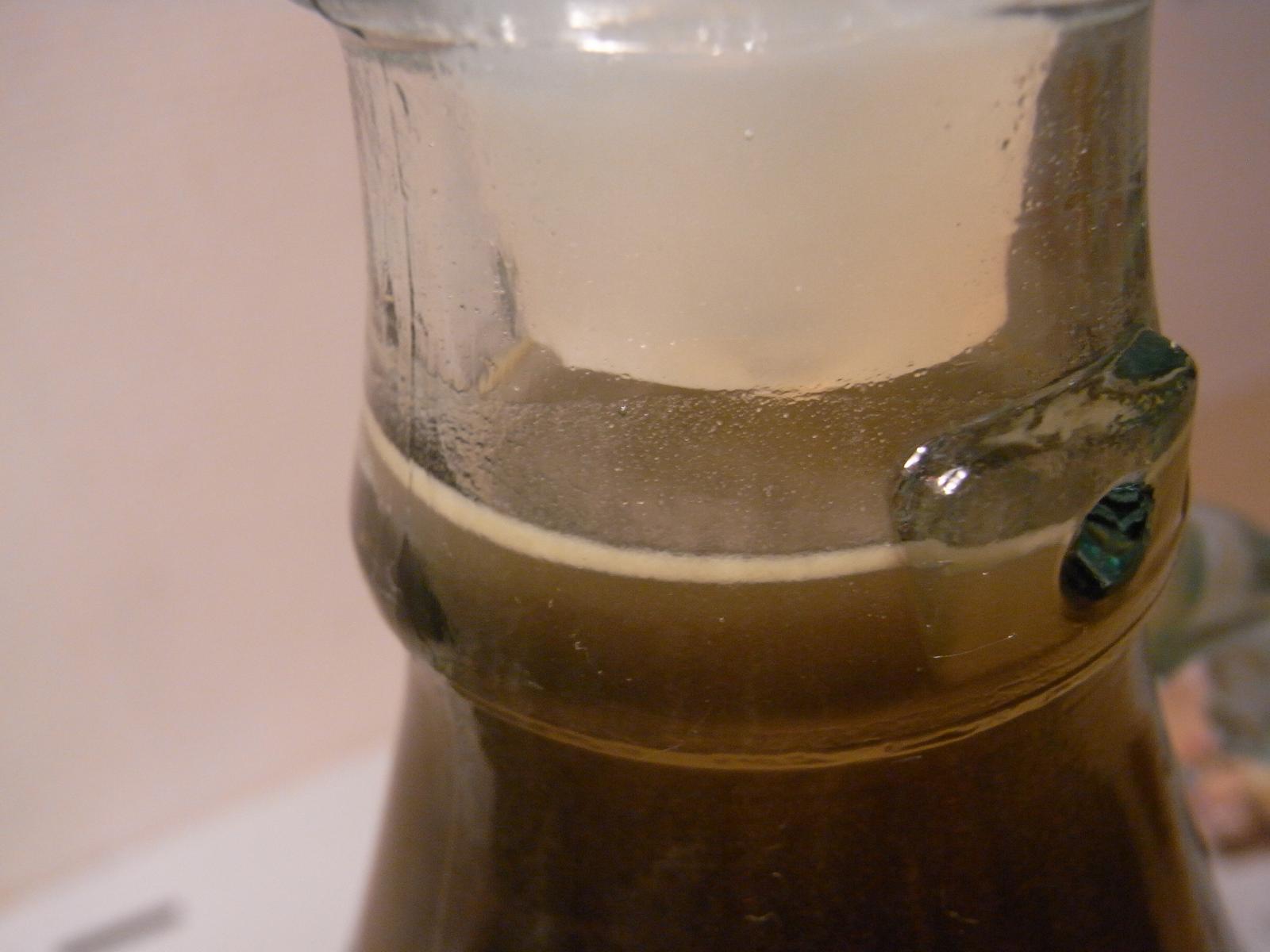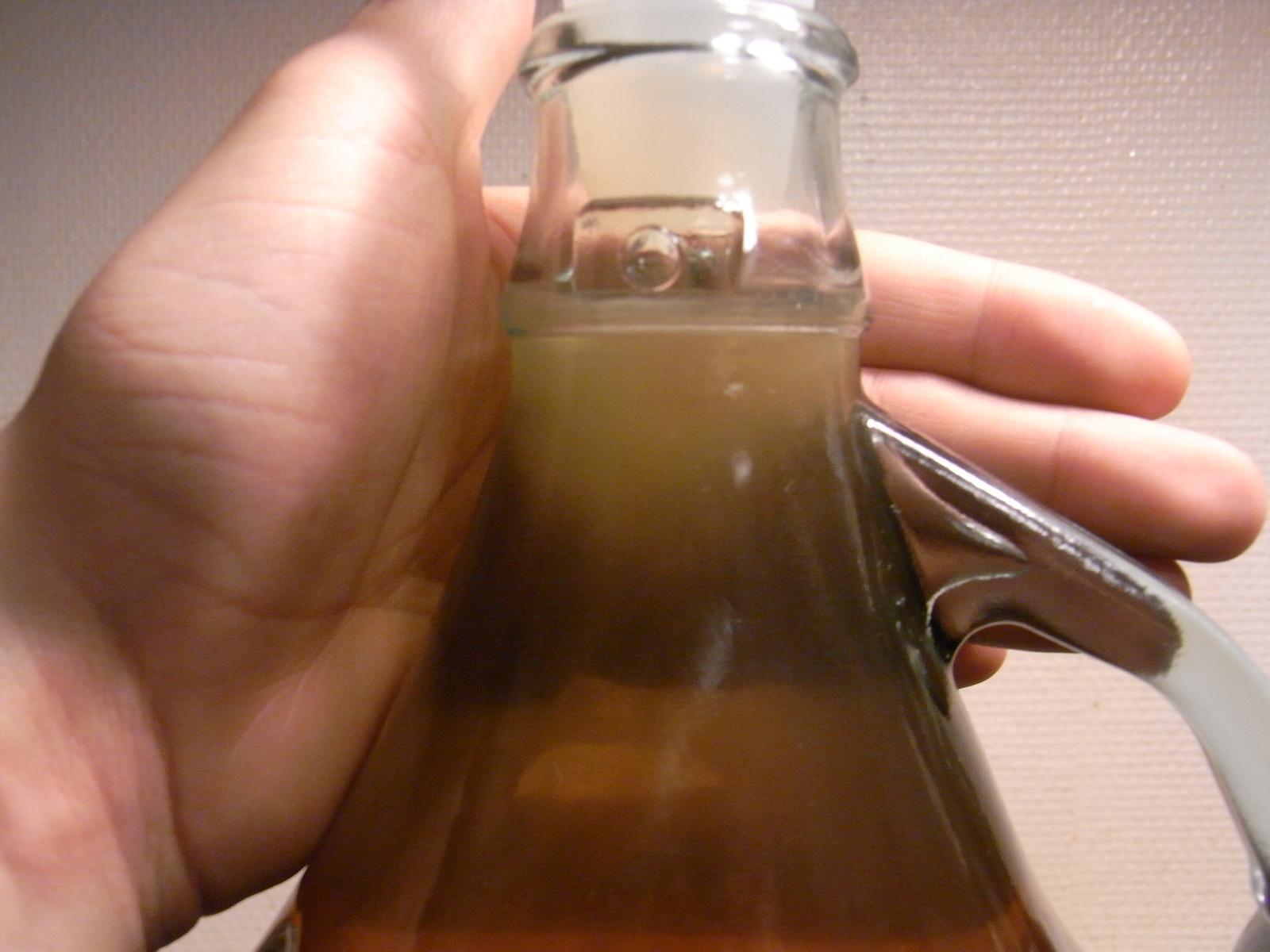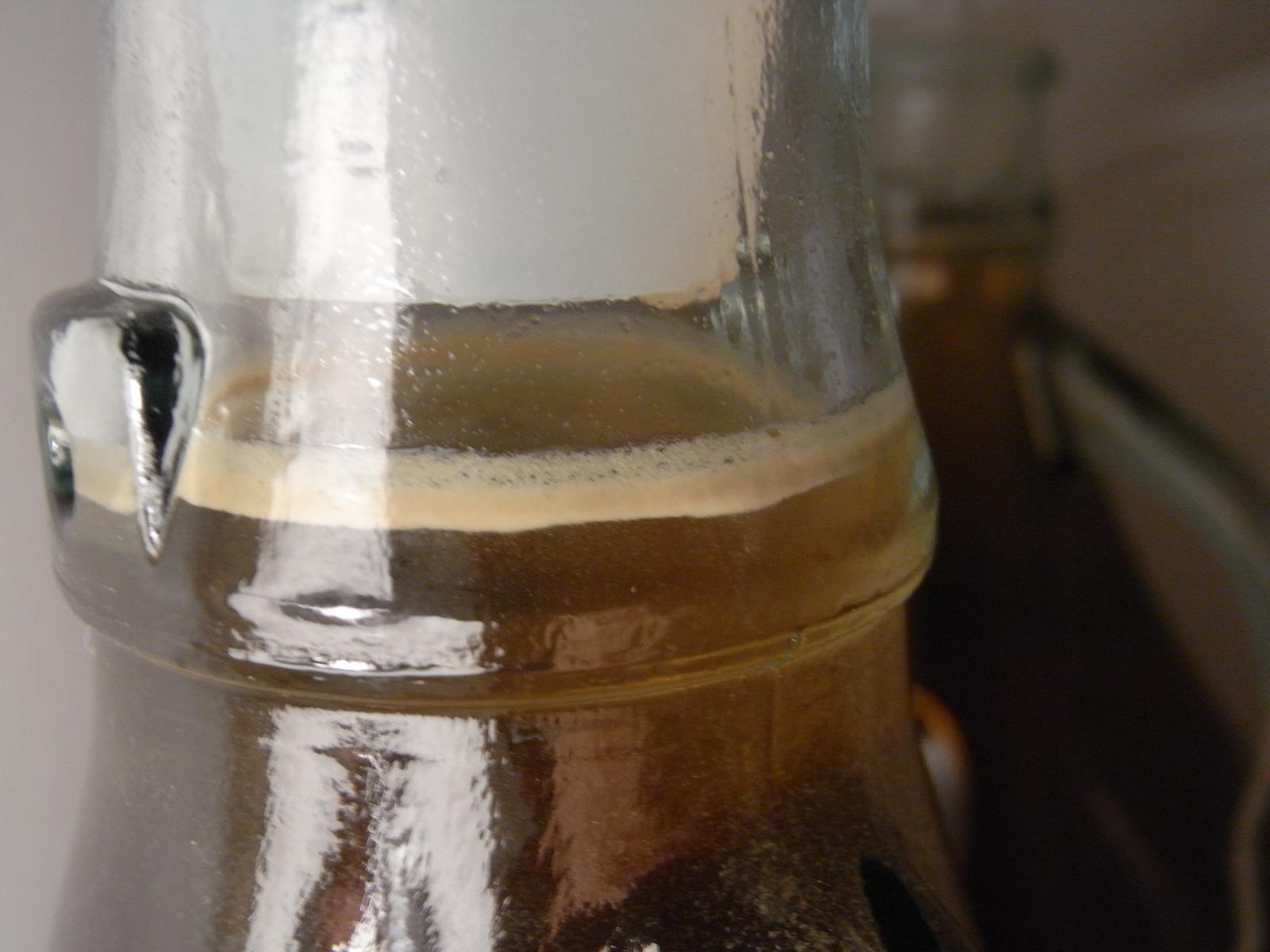After trying some small batches of ginger brew last month, I've decided it's time for a bigger batch of Mead! It will totally not be done till Christmas, but perhaps I'll have a try next Christmas.
Went for a flower-honney, as this kind can be bought in 1kilo buckets over here. This particular kind seems to be imported from Etiopia, it's liquid type but it's texture is opaque, and it has a very intense, almost sharp flowery flavour. This flavour was one of the main reasons why I decided to try this for mead, but unless it dampens a bit I might have to find something to balance it with. Was considering adding Juniper berries to the primary (about 1/3 oz per gallon) for a bit of an aftertaste.
The package claims the sugar content to be around 80%, and I got 5 Kilos of the stuff. Will be aiming for 1.100 OG, but might be a tiny bit more depending on how it goes.
I've decided on the 71b yeast, and everyone agree this is a yeast that'll make you rack often. "Often" seems to vary a whole lot; from once a week to once every 2 months, but I guess I'll rack at least once a month the first few months and see how it goes from there.
I'm a bit split on if I will heat-treat the honey or if I should just dump it straight into the must. Any thoughts on this?
That was all for now. I'll report back when things get going!
Went for a flower-honney, as this kind can be bought in 1kilo buckets over here. This particular kind seems to be imported from Etiopia, it's liquid type but it's texture is opaque, and it has a very intense, almost sharp flowery flavour. This flavour was one of the main reasons why I decided to try this for mead, but unless it dampens a bit I might have to find something to balance it with. Was considering adding Juniper berries to the primary (about 1/3 oz per gallon) for a bit of an aftertaste.
The package claims the sugar content to be around 80%, and I got 5 Kilos of the stuff. Will be aiming for 1.100 OG, but might be a tiny bit more depending on how it goes.
I've decided on the 71b yeast, and everyone agree this is a yeast that'll make you rack often. "Often" seems to vary a whole lot; from once a week to once every 2 months, but I guess I'll rack at least once a month the first few months and see how it goes from there.
I'm a bit split on if I will heat-treat the honey or if I should just dump it straight into the must. Any thoughts on this?
That was all for now. I'll report back when things get going!




































![Craft A Brew - Safale S-04 Dry Yeast - Fermentis - English Ale Dry Yeast - For English and American Ales and Hard Apple Ciders - Ingredients for Home Brewing - Beer Making Supplies - [1 Pack]](https://m.media-amazon.com/images/I/41fVGNh6JfL._SL500_.jpg)





















